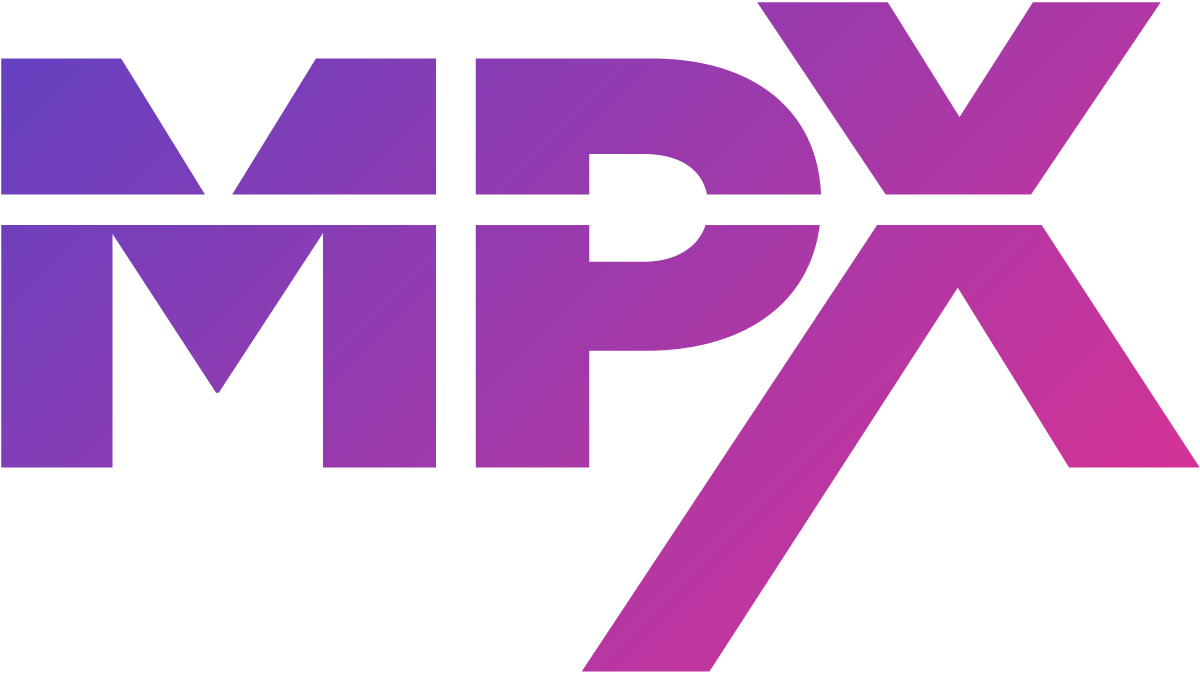Powering Tech Refurb Businesses with a Smarter Business Operating System
The tech refurbishment industry is growing fast, driven by rising demand for sustainable tech solutions and cost-effective alternatives to new devices. But keeping up with demand isn’t easy.
Managing buybacks, refurb cycles, inventory and repairs can be time-consuming and complex – especially without the right systems in place. Many tech refurb businesses face common challenges, including:
Lack of visibility: Without a clear view of stock levels and device status, businesses struggle to manage inventory efficiently, leading to delays, lost items and unnecessary costs.
Manual, time-consuming processes: Spreadsheets and outdated systems make tracking buybacks, repairs and refurb cycles slow and prone to errors.
Inconsistent refurb cycles: Without structured workflows, devices can sit idle or get lost in the process, delaying resale and impacting profitability.
Inefficient parts harvesting: Identifying which devices should be repaired and which should be dismantled for parts can be difficult, often leading to wasted components and missed revenue opportunities.
Scaling difficulties: As businesses grow, outdated systems can’t keep up, leading to inefficiencies, bottlenecks and lost business opportunities.
In an industry where speed and precision matter, tech refurb companies need smart, scalable systems to stay ahead. Without the right systems, delays, lost inventory and inefficiencies add up – costing time, money and potential sales. That’s where MPX comes in.
How MPX Helps Tech Refurb Businesses Stay in Control
At MPX, we provide business operating systems and inventory management software designed specifically for the needs of tech refurb businesses. Our solutions remove the complexity from day-to-day operations, ensuring devices move efficiently through each stage – from buybacks and refurb cycles to repairs and resale.
Here’s how we help businesses tackle their biggest pain points:
Buybacks made easy
Managing trade-ins can be chaotic without the right system. MPX automates tracking, ensuring full visibility over incoming devices so nothing gets lost, misplaced or delayed.
Refurb cycles under control
Keeping devices moving is critical. With MPX, businesses can set up structured workflows, assign refurb tasks and track status updates in real-time, reducing delays and improving turnaround times.
Smarter inventory management
Knowing exactly what’s in stock, where it’s located and when it’s ready for resale is key. MPX gives businesses complete inventory control, ensuring they never overstock, understock or lose valuable assets.
Efficient repairs & parts harvesting
Whether devices need repairs or should be broken down for valuable parts, MPX helps businesses make informed decisions, track harvested components and maximise value from every asset.
Scalability for growing businesses
Whether you're handling a handful of devices or thousands, MPX is designed to grow with your business, adapting to changing needs and increasing efficiency at every stage.
Why Smarter Systems Matter in Tech Refurb
Tech refurbishment isn’t just about processing devices – it’s about creating an efficient, sustainable and profitable operation. Without the right tools, businesses can struggle to keep up with demand, leaving money on the table and missing key opportunities to scale.
MPX ensures businesses have the right system in place to manage inventory, track devices and optimise every stage of the refurbishment process. From buybacks to final resale, our software provides the structure and automation needed to keep operations running smoothly, helping businesses reduce waste, improve profitability and stay competitive in a fast-moving industry.
Ready to Take your Tech Refurb Business to the Next Level?
Discover how our business operating system can help your tech refurb business streamline operations, reduce waste and maximise profitability. Book a no-obligation demo today and experience MPX in action.
